Fallout Series Season 1 Explained | Review & Recap
Intro
When you take on an adaptation of a storied franchise like the Fallout games, you’re dealing with a legacy: retro-futuristic iconography, moral ambiguity, weird humour, and a deep sense of survival in a world gone horribly wrong. The creative team behind season 1 , led by Graham Wagner and Geneva Robertson‑Dworet, with executive producing by Jonathan Nolan & co , chose not just to replicate the games, but to extend them: to build a new story in the wasteland that still feels authentic.
What follows is an in-depth analysis: the mechanics of the story, the characters, how the adaptation succeeds (and where it stumbles), and a breakdown of the ending , what it means, where it leaves us, and why I believe it works (mostly) as a Season 1 finale.
Structure & Story Arcs
From a screenwriter’s perspective, season 1 does something smart: it runs three concurrent arcs that eventually converge, each offering a different vantage point on the wasteland.
Lucy MacLean (Ella Purnell) & Vault-life to Surface
Begins in Vault 33: life in a curated underground shelter, the illusion of safety, the program of arranged marriage, the sudden invasion. Lucy’s decision to leave her vault, to step into the wasteland, marks her arc from sheltered innocence to hard-earned agency.
Screenwriting note: her arc is the portal character path , audience meets the world through her eyes.
Maximus (Aaron Moten) & Brotherhood of Steel
A classic knight in training turned conflicted soldier path. His arc gives us the militaristic, ideological side of the wasteland. The contrast between high power-armor aesthetics and the moral compromises of the Brotherhood is rich terrain.
The Ghoul / Cooper Howard (Walton Goggins) & the surface mythos
The Ghoul is a wonderfully stylised movie-western in the wasteland type of character: vengeance, transformation, legend. His arc gives us the wild unpredictability, the game-play feel: bounty hunter, scars, monsters, myth. Reviewers praised this blend of dark, weird, satirical and hopeful.
These arcs weave together: Lucy’s sheltered world collides with Maximus’s organized world and the Ghoul’s rogue world. Screenwriting-wise, that triangulation allows for thematic depth: order vs chaos, hope vs despair, legacy vs change.
Who is Moldaver
Lee Moldaver (played by Sarita Choudhury) is introduced as a mysterious figure operating on the surface , a sort of warlord, visionary, or revolutionary depending on who’s telling the story. But through flashbacks and revelations, we learn:
She was a pre-war scientist and activist who opposed Vault-Tec’s corporate domination and the government’s descent into militarized capitalism. She was involved in energy research, particularly cold fusion, which she saw as humanity’s chance to break free from dependence on nuclear weapons and exploitative power structures. Vault-Tec (and its corporate allies) sabotaged her work, realizing that limitless, cheap energy would destroy their monopoly over fear and control.
After the bombs fell, she survived, building a faction of followers who sought to restore rather than exploit civilization. By the time Lucy MacLean and Maximus encounter her, Moldaver has become a mythic rebel scientist , part savior, part revolutionary, part ghost of the old world.
From a writing standpoint, Moldaver serves as the moral counterweight to Vault-Tec and even to Lucy’s father, Hank MacLean, who personifies corporate technocracy.
Hank represents control through fear , the idea that humanity must be managed, tested, and purified.
Moldaver represents freedom through truth , the belief that knowledge and power should be shared, not hoarded.
Their conflict is the true heart of the show: not just survival after the bombs, but who gets to decide what “civilization” means.
Her pursuit of cold fusion is what ties her to the central mystery of Season 1.
In her lab, she finally demonstrates the working reactor , the clean, sustainable energy source that could have prevented the Great War altogether.
This moment reframes everything. The nuclear apocalypse wasn’t inevitable , it was engineered by those who feared peace. Moldaver wasn’t a fringe scientist , she was the person who could have saved the world, silenced by those who wanted to own it. It’s a devastating and poetic twist. From a narrative perspective, this makes Moldaver the tragic hero of the pre-war era , a Cassandra-type figure who saw the fall coming and tried to stop it.
Moldaver stands for the conscience of science , what happens when innovation is separated from morality. Where Vault-Tec turned progress into control, Moldaver represents progress as liberation. Her final act , activating the reactor and exposing Hank , feels less like victory and more like vindication.
She doesn’t save the world, but she forces it to remember what it lost.
So in short, Lee Moldaver is the scientist who could have saved humanity from nuclear war , silenced by the very system she tried to reform. In Fallout Season 1, she becomes the moral ghost haunting Vault-Tec’s empire: proof that the apocalypse wasn’t a tragedy of fate, but of choice.
Who Was Siggi Wilzig
Siggi Wilzig , portrayed by Michael Esper , is a pre-war Vault-Tec scientist who appears in flashbacks and memory sequences connected to the show’s larger conspiracy. He’s introduced as an intellectual working for Vault-Tec, but his role is far more ambiguous than a simple company man.
He was deeply involved in the Vault experiments, particularly in areas of human conditioning, cryogenics, and ethics testing. However, Wilzig also shows moral hesitation , he’s aware of what Vault-Tec is doing but feels powerless (or unwilling) to stop it. His dialogue and scenes suggest he once believed Vault-Tec’s propaganda , that the Vaults would save humanity , only to later realize the company’s real agenda: orchestrating apocalypse to test and rebuild civilization under their control.
As the series unfolds, Wilzig becomes a narrative vessel for two key ideas:
- That even good scientists were complicit in Vault-Tec’s crimes.
- That moral cowardice is often as destructive as malice.
From a writing standpoint, Wilzig acts as the moral gray zone between Moldaver and Hank MacLean. He’s a tragic archetype , the scientist who realizes too late that he’s been serving evil. This is why his presence in flashbacks feels ghostly, almost guilt-driven. He’s not remembered as a villain, but as a man who stood by while monsters smiled.
Interestingly, Siggi Wilzig is also the real name of a historical figure , Siggi B. Wilzig (1926–2003) , a real-life Holocaust survivor who went on to become a successful American banker and philanthropist.
The use of his name in Fallout is likely intentional and symbolic, not coincidental.
The real Wilzig’s story was about surviving man-made horror and rebuilding identity after destruction. The Fallout Siggi, on the other hand, exists in a world that created its own Holocaust , nuclear annihilation , through the arrogance of the powerful.
It’s a sharp piece of irony and commentary on how humanity repeats its worst mistakes under the guise of progress.
Vault-Tec Explained
On the surface, Vault-Tec was presented to pre-war America as a benevolent, visionary company building underground shelters to “protect” humanity from nuclear annihilation.
In practice, Vault-Tec orchestrated the very destruction it claimed to protect people from.
Season 1 makes this increasingly clear, Vault-Tec wasn’t just preparing for nuclear war , it was engineering it. Its executives saw apocalypse not as a tragedy but as an opportunity to reset civilization under their own controlled social experiments. Each vault wasn’t a refuge, but a human laboratory, testing ideologies, eugenics, leadership models, psychological manipulation, or isolation dynamics. The goal wasn’t to save humanity , it was to design a new one.
This is confirmed through flashbacks with Cooper Howard (Walton Goggins), who witnesses the pre-war elite , Vault-Tec’s executives , discussing nuclear war with the same sterile detachment as a marketing pitch. Their smiles during the “end of the world” meeting encapsulate Fallout’s signature dark irony.
What Vault-Tec Symbolizes
Vault-Tec is the embodiment of corporate hubris, the 20th-century American ideal turned nightmare.
It represents a time when corporations replaced governments, science replaced ethics, and marketing replaced morality. They packaged apocalypse as a lifestyle product.
“Prepare for the Future” , their slogan , is chillingly double-edged: a promise and a threat.
Each Vault was a social mirror, built on fear. People bought their own imprisonment believing it was protection. Vault-Tec’s genius was turning existential dread into consumer dependency , a perfect metaphor for modern mass psychology and corporate manipulation.
Vault-Tec symbolizes the dark side of progress , the idea that if something can be done technologically, it should be done, no matter the human cost. It’s the inevitable outcome of unchecked capitalism meeting advanced science: when innovation is guided not by ethics, but by profit and power.
The Vaults are microcosms of authoritarian control disguised as benevolence : surveillance, genetic control, social hierarchy, propaganda. They show that even underground, away from bombs, humanity reproduces its own cages.
From a screenwriter’s perspective, Vault-Tec is what we call a mythic villain , not a person, but an idea that haunts the entire story. Even when no Vault-Tec executives appear, their fingerprints are everywhere , in the architecture, the slogans, the psychology of the survivors. They are the ghost of civilization itself.
Vault-Tec isn’t evil in the cartoonish sense; it’s evil in the rational sense , the kind that wears a smile, holds a clipboard, and believes it’s doing what’s “best for humanity.” That’s what makes it terrifying.
What the Wasteland Reflects
In writing this kind of story, you lean on metaphor. Season 1 embraces several thematic pillars:
One of the great triumphs is how the series mixes the absurd (robot dogs, retro songs) with genuine stakes and emotional investment. Many reviews highlight that it’s simultaneously violent, funny, weird and even optimistic.
Vault 33’s promise vs the broken surface world. In the finale we learn that decisions made in the past reverberate.
The wasteland isn’t just about killing mutants; it’s about what you become in the process. Lucy’s growth is about protecting humanity, Maximus about resisting indoctrination, the Ghoul about identity after trauma.
The Brotherhood of Steel, Vault-Tech, the Enclave , institutions built on promises. The show interrogates what happens when those promises fail.
The Cold Fusion Explained
Cold fusion symbolizes “the impossible energy source” , clean, limitless, and powerful. In Fallout, it is as part of the retro-futuristic tech fantasy that powered pre-war civilization. Vault-Tec, the Enclave, and other factions often reference technologies that sound like cold fusion as metaphors for mankind’s hubris.
In other words, Cold fusion is the theoretical idea that we could harness the same energy that powers the sun , but in a coffee mug instead of a star.
Visuals, Production & Aesthetic Choices
As a screenplay writer, you write words , but you envisage visuals. In this show, the production design, costuming and direction absolutely lean into world-building:
The Vaults: sleek 1950s-inspired future beneath the ground.
The Surface: irradiated, savage, but with nostalgia screaming from every gun-metal plate and vinyl record.
The soundtrack and aesthetic nods: part retro, part dystopia.
The game-fan service is also real: easter eggs, nuanced design choices, tone fidelity.
Critics are nearly unanimous: it’s one of the better video-game adaptations.
Ending Explained
Episode 8 (The Beginning) serves both as resolution and springboard.
Here’s how I read the ending , and why, as a screenwriter, I believe it works.
Lucy reunites with Hank, but the father-daughter bond is irrevocably changed. Emotionally, she cannot return to the naïve vault life. Maximus faces the ideological collapse of the Brotherhood and question of what his loyalty means. The Ghoul (Cooper) confronts the long shadow of the Great War and the cost of his survival. The world outside the Vault is no longer just the unknown threat , now it’s home. The characters must choose how they inhabit it.
What It Means
The Beginning episode is ironic: it’s the end of season 1, but for the characters, it signals a new phase. The Vault-dweller becomes a wastelander. The soldier becomes a free agent. The myth finds meaning.
The show doesn’t tie everything together neatly , intentionally. It leaves threads: ideological conflicts, character journeys, power-plays. That’s screenwriting discipline: satisfy enough to feel like closure, but leave enough that future stakes matter.
They’ve all left behind old worlds (Vault safety, institutional certainty, surface isolation) and are stepping into something contested. It’s messy. It’s dangerous. But it’s alive.
From a writer’s vantage:
Some pacing issues do exist (some episodes feel denser than others). One critique: episodes 6-7 felt like setup more than payoff , though they did the job. It pays off narrative setups without delivering an “everything wrapped” cliché. It elevates character decisions over spectacle: Lucy’s choice matters because we believe in her. Maximus’s crisis matters because we’ve seen him train. The Ghoul’s action matters because we’ve seen his cost. You feel you’re in the world of Fallout, but you’re experiencing something fresh. That’s rare.
Where it Stumbles
No masterpiece is flawless. From a screenwriter’s lens, here are the bumps:
A couple of supporting threads feel under-explored (but that may be deliberate given a multi-season structure).
Juggling three arcs is hard , at times the transitions feel slightly uneven.
Some lore-heavy sequences risk alienating newcomers (though most reviewers say you don’t need game knowledge).
The “drop all episodes at once” model may reduce the time for discussion and reflection , weekly releases might have let certain beats land more fully.
Fallout and The World Ending/Apocalypse
So, Could the end of the world match the events depicted in Fallout series, even on a surface level?
Yes , on a surface level, it’s disturbingly plausible. Not in every aesthetic detail (no Nuka-Cola or talking ghouls), but in its core chain of human decisions:
→ political tension
→ nuclear deterrence failure
→ corporate corruption
→ societal collapse
→ survivalism and tribalism in the aftermath.
The science-fiction layer of Fallout only exaggerates what’s already possible.
The Fallout universe’s Great War (October 23, 2077) begins under familiar circumstances:
- Resource scarcity (oil, uranium, clean water).
- Energy arms race (fusion tech, weaponized science).
- Corporate–government fusion (Vault-Tec, RobCo, Poseidon Energy , all private megacorps with government power).
That’s not far from the real world. Today we already see:
- Rare-earth and energy conflicts between superpowers.
- Private tech and defense companies (SpaceX, Palantir, Raytheon) having strategic influence rivaling governments.
- Nations modernizing nuclear stockpiles under doctrines of limited deterrence.
A breakdown in deterrence , via AI miscalculation, false alarm, or cyberwar escalation , is one of the few globally recognized existential risks that could cause Fallout-style rapid annihilation.
In Fallout, the war lasts just two hours. That’s not fantasy , it’s physics. The U.S., Russia, and China each hold hundreds of ready-to-launch ICBMs, and once launched, there’s no recall mechanism.
Even a single regional conflict (say, NATO–Russia or U.S.–China escalation) could cascade into:
- Satellite blinding (cyber or EMP attacks),
- Mistaken retaliation,
- Nuclear dominoes.
A 2022 Princeton simulation showed that a full-scale nuclear exchange could kill 90 million people within hours and cause nuclear winter within months. That’s eerily similar to Fallout’s premise: the world ending not through evil intent, but through procedural momentum.
Would the world look like the wasteland in Fallout? Not exactly , but close enough to be terrifying.
| Fallout Element | Realistic Outcome |
|---|---|
| Global radioactive wasteland | Regional devastation, global cooling (nuclear winter), collapse of agriculture for 5–10 years. |
| Vaults | Existing nuclear bunkers, deep shelters, and hardened facilities (Cheyenne Mountain, Yamantau Mountain, Swiss Alps) could house elites or governments. |
| Societal collapse | Extremely likely. Global food trade halts, energy grids fail, supply chains collapse within weeks. |
| Post-war tribes/factions | Historically consistent , after every large-scale collapse, humans form new micro-governments, warlords, or survival enclaves. |
So, while Fallout’s stylized wasteland exaggerates radiation and longevity, the social aftermath , distrust, barter economies, isolated communities, technocratic elites surviving underground , is entirely feasible.
Fallout doesn’t predict nuclear war as much as it predicts human arrogance , the belief that technology will save us from ourselves. Vault-Tec isn’t about nukes; it’s about our reflex to privatize safety and outsource morality. That’s what makes the show so unsettling , it’s not about the end of the world, but about who profits from it. The frightening part? That pattern already exists:
- Doomsday bunkers for billionaires are real.
- Corporate-controlled governments exist in practice, if not name.
- AI and autonomous weapon systems are being developed faster than international law can regulate.
It’s not hard to imagine a Vault-Tec moment , where a company builds safety for the few while the rest burn.
Fallout’s apocalypse isn’t scientific prophecy , it’s moral allegory.
- The Bomb is a metaphor for hubris.
- Vault-Tec is capitalism unchained.
- The Wasteland is civilization stripped of illusion.
- The survivors , like Lucy and The Ghoul , represent what remains when ideology dies.
So yes, we could absolutely see a Fallout-style collapse — not necessarily with the same aesthetic, but born from the same human mechanisms: greed, fear, and self-deception.
Conclusion
Season 1 of Fallout is a standout: it captures the soul of the games while telling a compelling, self-contained story with ambition and emotional weight. For writers and storytellers, it’s a case study in how to adapt world-rich source material: keep the tone, respect the fans, but tell a new story.
With strong characters, layered themes, visual richness and a finale that both resolves and invites, this is an adaptation that knows what it is and what it wants to be.
If I were to sum it in a screenwriting log-line:
“In a retro-futuristic wasteland where old promises died along with society, three unlikely players must find their place in a world that doesn’t care if they’re heroes , or mutants.”
Game Video Walkthroughs
Check out the below playlist on my channel
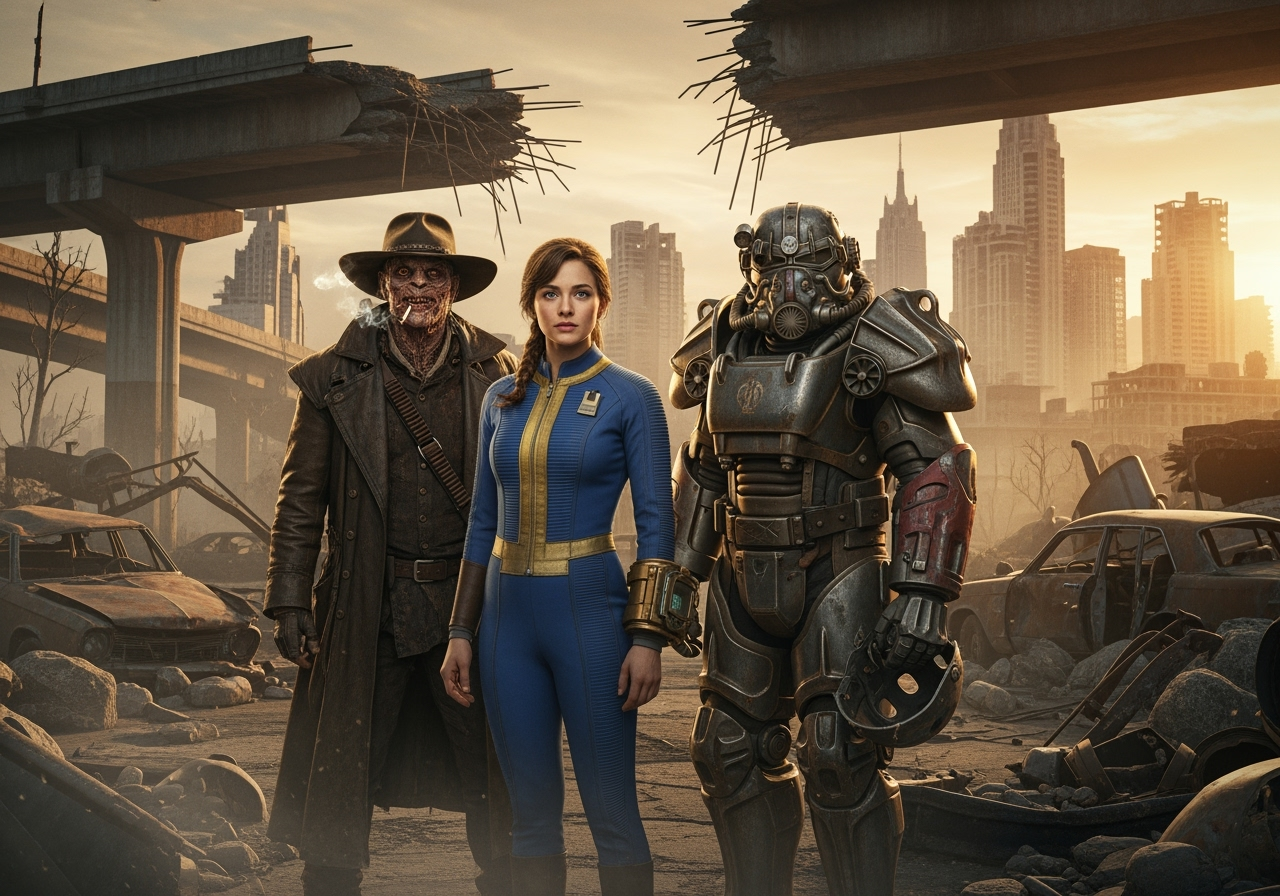
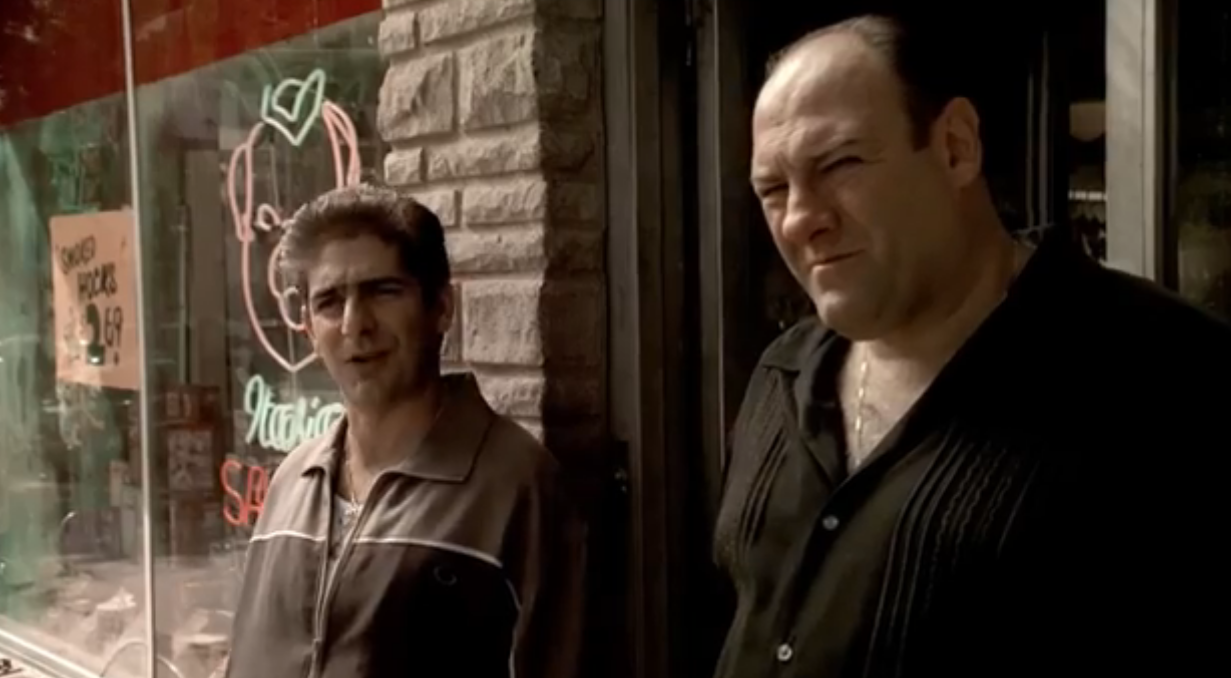
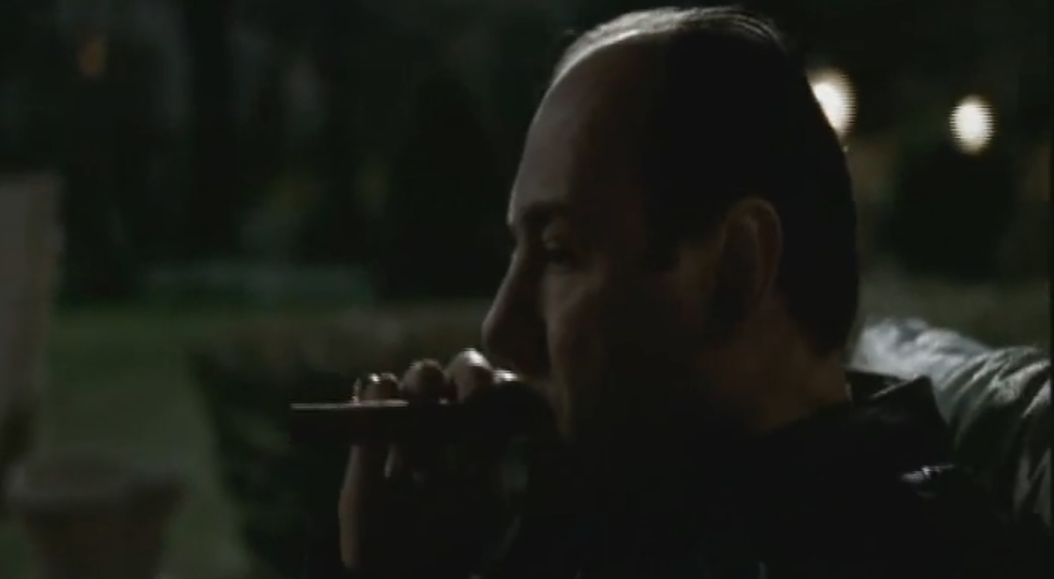
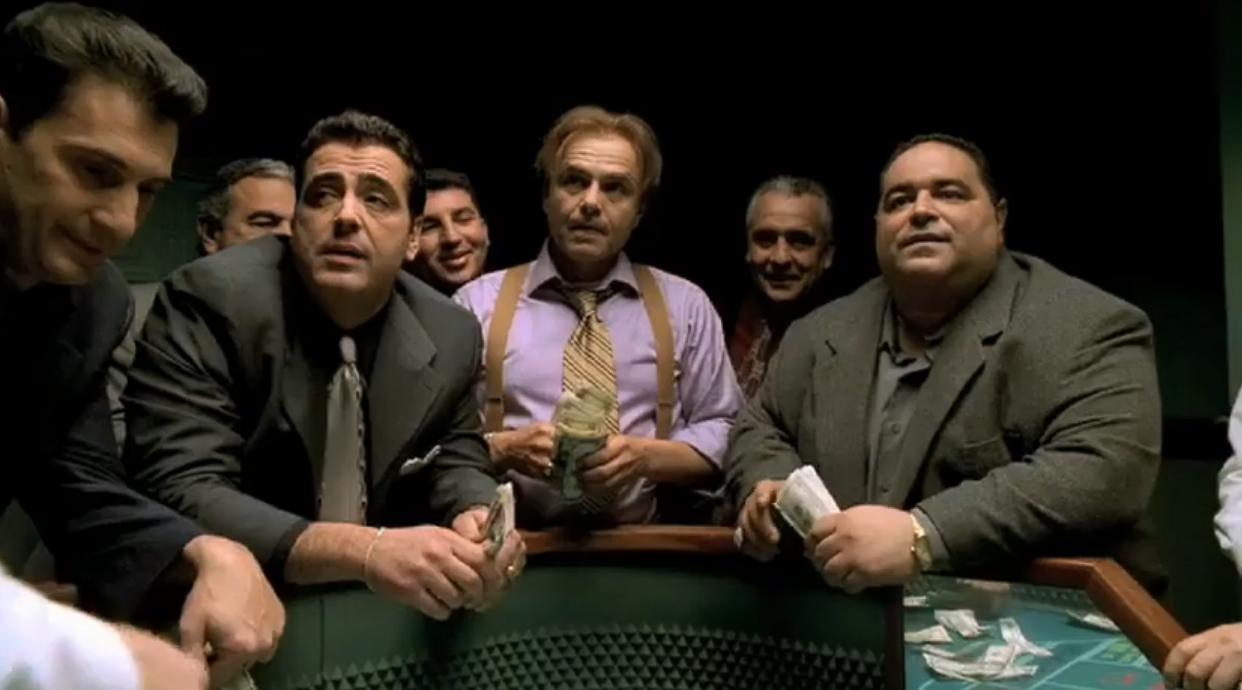
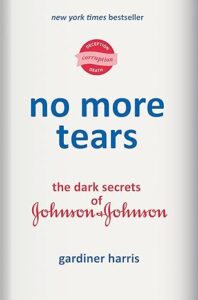
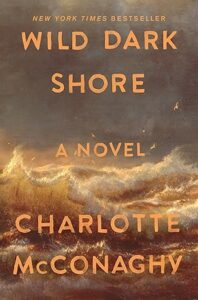
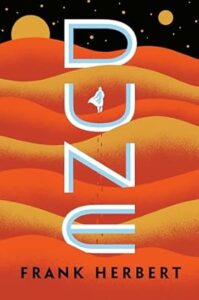
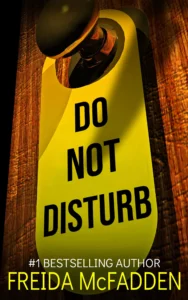
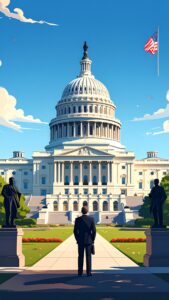
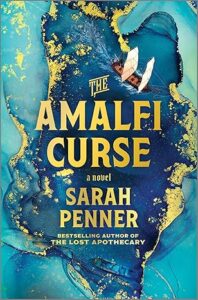
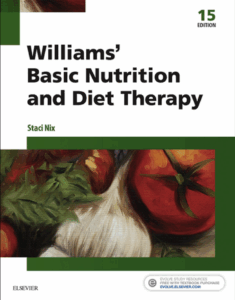

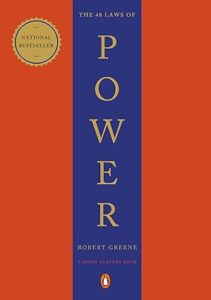
Post Comment